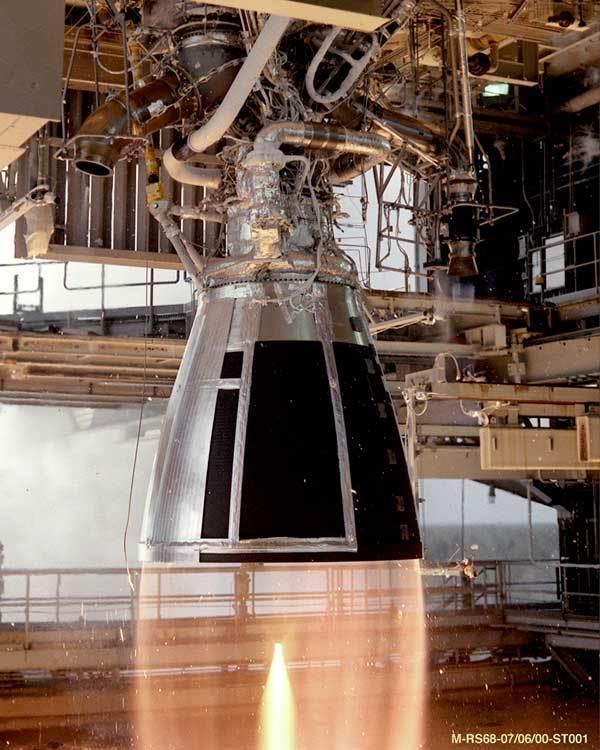 | ||
The BMW 109-558 is a liquid fuelled sustainer rocket motor developed by BMW at their Bruckmühl facility, in Germany during the Second World War.
Contents
The 109-558 (with the "109-" prefix being the Reichsluftfahrtministerium, or RLM, designation for reaction-propulsion aircraft power projects, encompassing all jet & rocket engine designs) was designed as a sustainer rocket for the Henschel Hs 117 surface-to-air missile. It was tubular, measuring 12.5 cm (4.9 in) diameter and about 46 cm (18 in) long overall. The engine had a compressed air tank to pressurise tanks for the R-Stoff fuel (50% triethylamine and 50% xylidine) and SV-Stoff oxidiser (94% nitric acid with 6% dinitrogen tetroxide). SV-Stoff was used to cool the combustion chamber.
The 109-558 was capable of propelling an Hs 117 at 900–1,000 km/h (560–620 mph; 490–540 kn), with throttle control by sliding valves in the exhaust nozzle, operated by a servomotor controlled by a Mach sensor. Production of the 109-558 took forty to sixty hours using a very high proportion of slave labour.
